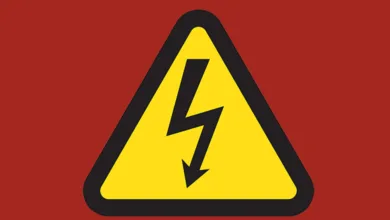
By Tina Tran, state director, AARP Texas~
Americans pay into Social Security, expecting to receive their earnings when they retire. However, the program faces a long-term financial challenge that must be addressed.
Today’s Social Security checks are paid for by the money that regularly comes from workers’ paychecks (listed as “FICA” taxes) and the interest income on the money those payments have built up in the Security Trust Funds. For decades before 2021, Social Security collected more in FICA taxes and interest than it paid out, so it built up a surplus to help support the retirement of the “Baby Boomer” generation.
Today, that surplus is being used to supplement incoming payroll tax income, but the Trust Funds will face a shortfall in 2035, according to current estimates. When that happens, Social Security will only be able to pay around 83 percent of the benefits you expect to receive. (If you want to know how much you can expect to get when you retire, go to SSA.gov to set up your account).
When the Trust Funds run out of money, Congress can decide to cover the shortfall by raising taxes, cutting benefits, or finding new funding sources.
While any solution could contain any or all of these changes to the program, here is a brief list of some of the commonly discussed options Congress might consider:
Eliminate or raise the wage cap:
Social Security taxes are only paid on the first $168,600 of wage earnings in 2024. Earnings above this amount are not subject to the payroll tax. Various proposals would help close the shortfall by either removing this cap or raising it so that those with bigger paychecks contribute more to Social Security.
Increase the payroll tax rate:
Employees and employers each pay a 6.2 percent payroll tax on the first $168,600 of annual wages to Social Security. This is part of the FICA tax on your paycheck. One way to help close the Social Security funding gap would be to increase the 6.2% payroll tax on all employees and employers.

Use Other Funding:
Social Security is primarily self-funded by law, meaning it comes from the payroll tax. Congress does not use “general revenues”—the money we pay in income and other taxes—to pay Social Security benefits.
Various proposals for other funding include:
- Congress could use money from general revenues to help pay benefits.
- Congress could tax other forms of income, such as the money people earn through their investments, to reach workers who do not earn income through wages.
- Congress could create a new fund to invest in the private market to help pay benefits as this new fund grows over time.
- Lawmakers could borrow initial deposits, which could be paid back later.
Raise the Full Retirement Age:
The current full retirement age is 67 for people who turn 62 in 2024. Many Americans are living and working longer. One option would be to raise the full retirement age to anywhere from 68-70. Most proposals to raise the age phase change are to do it over time and seek to protect those currently at or near retirement from any increase in the retirement age. Most proposals would keep the early claiming age of 62.
Reduce benefits for the upper income:
Social Security is structured so that while people with lower wages throughout their careers receive lower benefits, they receive more significant retirement contributions than those with higher incomes.
Some proposals would change the benefit formula to return even less money to those who earned more during their lifetimes. Other proposals would base the person’s benefit on the income and/or assets at retirement rather than what the person paid into the system during his or her career.
These are just some of the leading options regularly proposed. None of them is expected to fix the Social Security shortfall. Democrats and Republicans need to work together to agree on options to protect benefits and address Social Security’s long-term financial challenge. The President and Congress must agree on a bipartisan solution to ensure current and future generations get the money they’ve earned.





